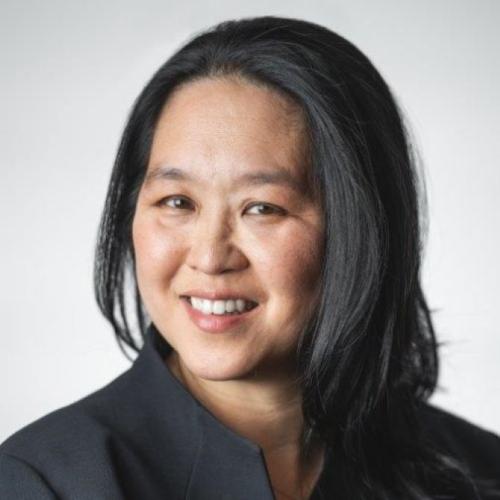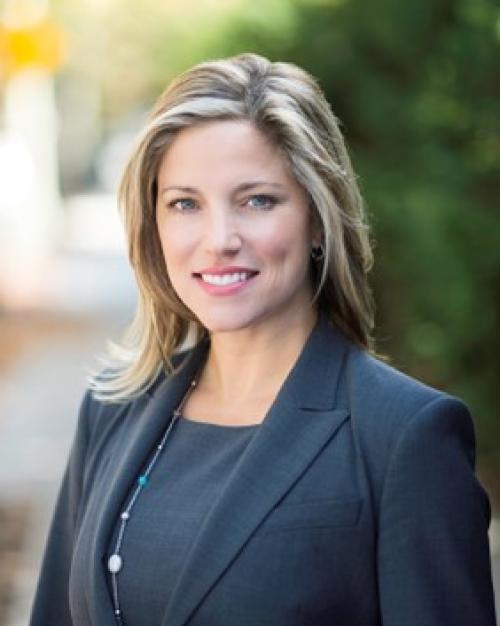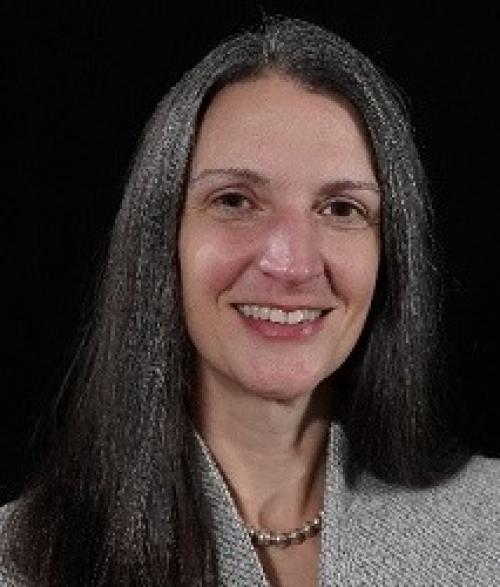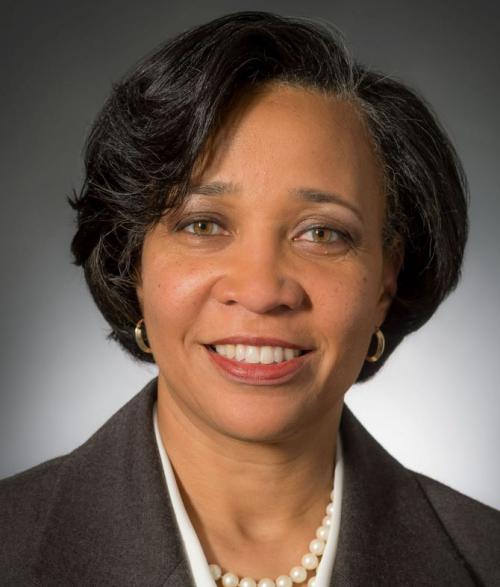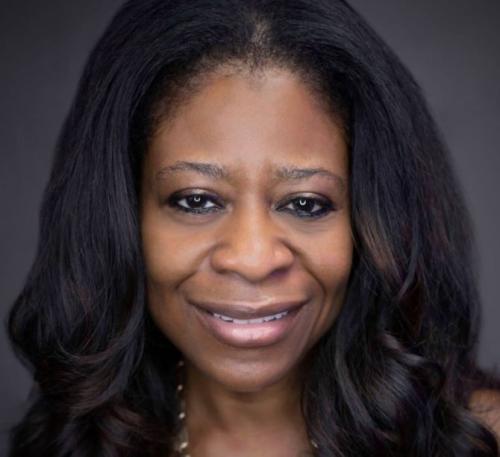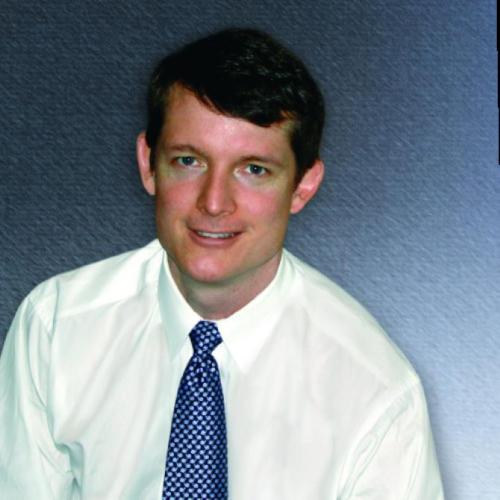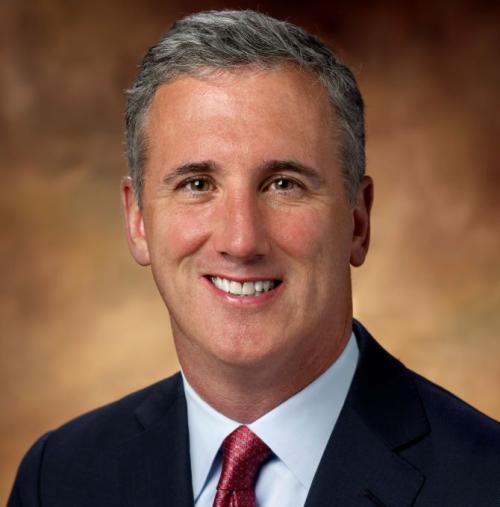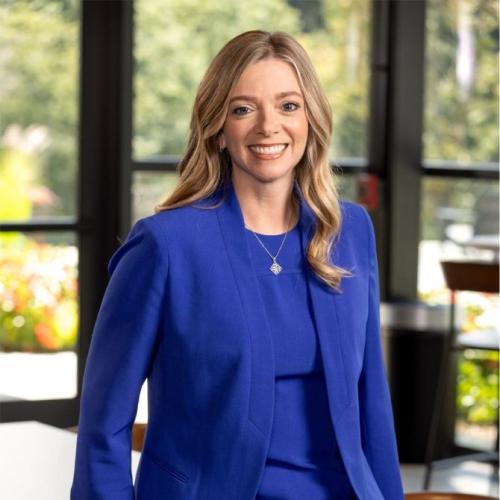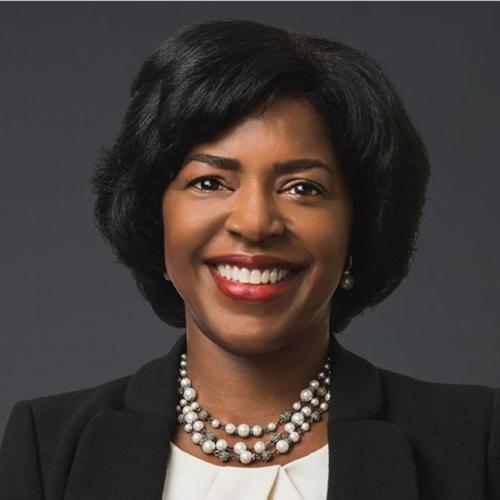
Laura Bednarski, SVP and associate general counsel, U.S. Bancorp
When I was in private practice,’ recalls Laura Bednarski, senior vice president and associate general counsel at U.S. Bancorp, ‘I used to wonder, What do those in-house lawyers do all day long? I’m the one doing the work!’ The simple answer, as she now realizes, is that 'they’re just doing different stuff – a lot of stuff.’
For Bednarski, this so-called stuff increasingly centers on compensation-related matters. ‘I think the biggest change in this position over the past five years has been the interesction between the corporate governance function and the executive compensation function,’ she says. Financial institutions that participated in the Troubled Assets Relief Program, like U.S. Bancorp, are coming upon this intersection faster than other issuers. As Bednarski explains, ‘financial institutions in TARP were a year ahead in complying with the disclosure requirements relating to the governance of risk inherent in compensation arrangements.’ She also adds that ‘we TARP financial institution held a say-on-pay vote before the Dodd-Frank bill required it for all public companies’.
Going first, however, can be a double-edged sword. On the one hand, when the SEC reccently issued its enhanced compensation discussion and analysis (CD&A) rules, much of the leg work had already been done. On the other hand, navigating an uncharted stream of new regulations and guidelines can prove quite challening.
In fact, Bednarski cites the enactment of the American Reinvestment and Recovery Act of 2009 – signed into law right as U.S. Bancorp’s proxy statement was due to be sent to the printer – as one of her 10 most challenging governance moments.
This new stimulus bill, as it came to be known, included a raft of new executive compensation-related restrictions for those, like U.S. Bancorp, participating in the Troubled Asset Relief Program. The new requirements, as Bednarski says, ‘called into question all of the compensation decisions that had been made the previous fall and winter.’
Bednarski recalls having ‘all kinds of high-powered outside counsel advising us, minute by minute, on what the great minds thought this legislation meant, how we were supposed to interpret it, and who it would affect.’
The fast approaching deadline meant the proxy had to be ready before the compensation committee met, so Bednarski’s team ended up with two complete, concurrent versions of the CD&A and accompanying tables to address the likely compensation scenarios.
Luckily the company did not have to postpone its annual meeting, although Bednarski concedes she and her team did a lot of analysis on the disclosure and logistics that such a situation would require. ‘It made the proxy process pretty dramatic,’ she says. ‘As if it’s not challenging enough!’

Evolving role
Bednarski came to the bank holding company 10 years ago from private practice, and she chalks up her
governance expertise largely to her in-house training. ‘In the years since I got to U.S. Bancorp, the corporate governance role has gotten bigger and bigger in proportion to my set of responsibilities,’ she says.
Interestingly, when it comes to time management, Bednarski finds her corporate governance responsibilities the most difficult to delegate. ‘It’s very people-focused. It’s wound up in boardroom discussion and the evolution of issues,’ she explains. ‘You can’t write down the nuances of every conversation or the personal views of each director, but there’s no substitute for that inside perspective, particularly when it comes to preparing the board materials.’
When she first moved in-house, Bednarski says she was most surprised by the amount of time and energy that goes into what she calls the ‘non-legal’ aspects of board meetings. ‘There’s an amazing amount of logistical detail that I didn’t realize went along with the job,’she says. Although she, like many of her peers, is not the one selecting the menu or ensuring the materials have been photocopied correctly, she is the one responsible for the end result. ‘This means making sure you have a great person who remembers how the directors should be seated around the table, or that director X likes tea in the meeting room,’ Bednarski says.
Getting to grips with the guidelines
Right now, Bednarski is busy going through the Federal Reserve Board’s
latest round of compensation guidelines. ‘I’m parsing out the pieces that I need to make sure happen from a governance perspective,’ she explains.
She’s also working with the investor relations department to decide whether to implement a notice and access policy.
Looking ahead, Bednarski doesn’t anticipate the ever-expanding role of the governance professional slowing down any time soon. ‘I don’t know what the next major issues will be, but I am sure things are going to continue to change,’ she says. ‘I keep waiting for the year when I can just mark up last year’s proxy, but I think I can kiss that dream goodbye.’
